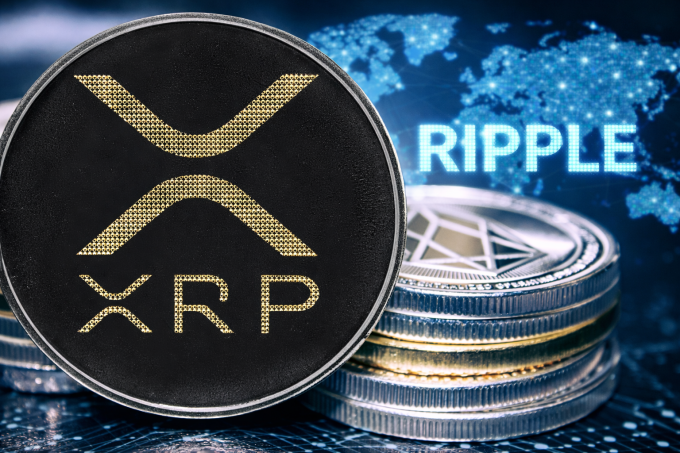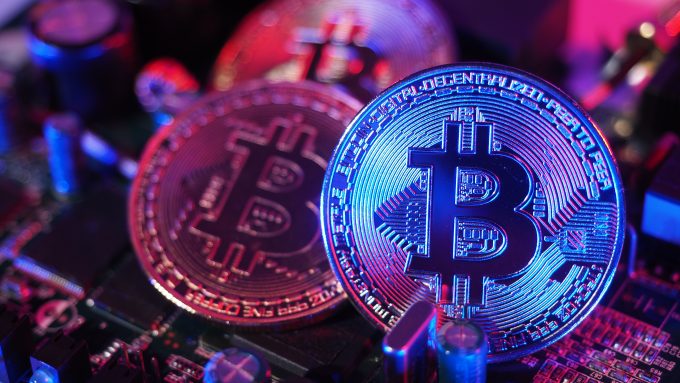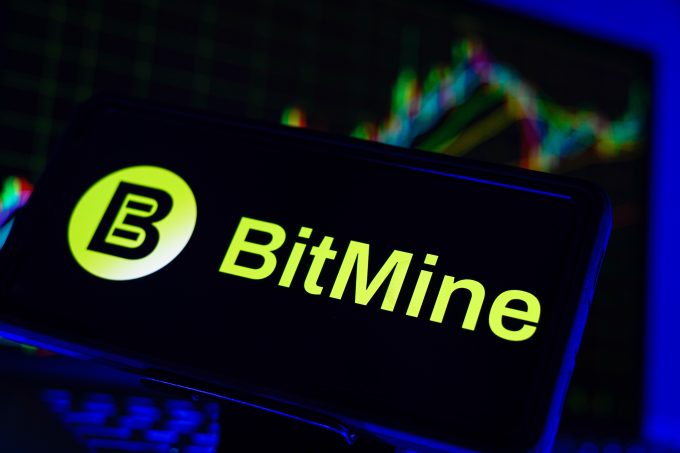The U.S. Federal Reserve has renewed its focus on digital asset oversight, with Vice Chair for Supervision Michael Barr warning that stablecoin regulation must avoid systemic and consumer risks while enabling responsible innovation. His remarks, delivered this week at a Washington fintech policy forum, come as policymakers seek to finalize a comprehensive framework for U.S.-issued and foreign-backed stablecoins.
Regulatory Landscape Tightens Around Dollar-Backed Tokens
Stablecoins—crypto tokens pegged to fiat currencies—have surged in circulation, now exceeding $165 billion in total market capitalization, led by Tether (USDT) and USD Coin (USDC). Barr cautioned that unchecked expansion of private stablecoins could “fragment the U.S. payments landscape” and introduce run-risk scenarios reminiscent of money market funds during periods of stress.
The Federal Reserve, he noted, is collaborating with Congress and other regulators to design rules that ensure redemption transparency, liquidity backing, and custody safeguards. Barr stressed that “a stablecoin operating outside a robust regulatory perimeter is a threat to both users and financial stability.”
Balancing Innovation and Oversight
Market analysts interpret Barr’s comments as signaling a tight but innovation-friendly regulatory stance—an approach intended to protect consumers without stifling fintech growth. U.S. lawmakers are currently considering multiple proposals, including the Clarity for Stablecoins Act, which would delegate licensing to state and federal banking regulators.
Investor sentiment remains cautiously optimistic. According to data from Kaiko, stablecoin trading volumes rose 12% in Q3 2025, with on-chain settlement times dropping as newer entrants like PayPal USD and USDP expand. Yet, regulatory ambiguity continues to deter traditional financial institutions from deeper integration.
Investor Perspective: Caution and Opportunity
Psychologically, traders appear to be treating stablecoins as short-term liquidity bridges rather than long-term stores of value, given the pending rules. A clear regulatory outcome could transform stablecoins into mainstream financial instruments—particularly if banks are permitted to issue them under insured frameworks.
As the digital dollar debate intensifies, Barr’s remarks reinforce that the future of stablecoins lies not in their technological novelty but in the trust architecture underpinning them. For the crypto industry, the next policy draft may define which issuers thrive—and which fade into regulatory obscurity.













https://shorturl.fm/yg7oX
https://shorturl.fm/YcdzT